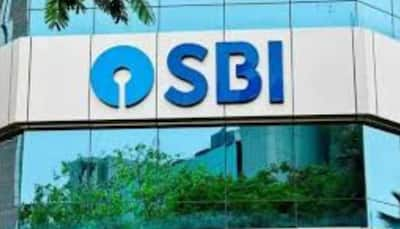New Delhi: On April 1, the Supreme Court upheld Piramal Capital and Housing Finance’s proposed resolution plan for the erstwhile Dewan Housing Finance Corporation Ltd (DHFL). According to the apex court’s order, funds recovered from the fraudulent transactions at DHFL will go to Piramal Capital & Housing Finance, a subsidiary of the diversified Piramal financial services group, overturning an earlier order by National Company Law Appellate Tribunal (NCLAT), the appellate body for bankruptcy court NCLT’s decisions, that had found the plan to be “illegal”.
Although since its introduction in 2016, the revolutionary Insolvency and Bankruptcy Code has played an instrumental role in saving thousands of crores of money for the country’s banking system and, over the years, undergone a series of amendments, some sections of the market fear that there is a long way to go to iron out all the loopholes in the law.
DHFL underwent bankruptcy proceedings in November 2019 after defaulting on thousands of crores in payments, with creditors claiming amounts to the tune of Rs 88,000 crore. Later, a resolution plan for DHFL, involving a Rs 38,000-crore acquisition by the Piramal group, completed in September 2021. The entity formed by Piramal Capital and Housing Finance’s acquisition of DHFL was christened PCHFL.
According to sources, the top court’s decision in the matter related to the Piramal-DHFL deal has fuelled concerns whether IBC is serving as an effective tool for asset stripping rather than rescuing distressed businesses.
Sources also suggest that Piramal has allegedly leveraged a number of key aspects of the IBC process, including asset undervaluation, control over recoveries and lack of transparency in the current valuation mechanism.
According to sources, the Piramal group ended up purchasing DHFL at a significant discount to the actual value of assets, with serious questions being raised about how property-backed loans to the tune of Rs 47,000 crore were valued at just Re 1.
The Supreme Court order sets aside the appellate tribunal’s take that lenders should reconsider this valuation.
Over the years, the Insolvency and Bankruptcy Code has streamlined a rather fragmented multi-institutional legal framekwork under one law, with the National Company Law Tribunal and its appellate court, NCLAT.
The IBC has been amended several times since its inception, with its regulator, the Insolvency and Bankruptcy Board of India, also having undergone a series of amendments to shape up the bankruptcy law in the country.
2017: Introduction of Section 29A
-Barring wilful defaulters from bidding for bad assets
-Clarifying the definition of related party
2018: Homebuyers become financial creditors
-Voting thresholds redefined
-A resolution timeline of 330 days established
2019: Operational creditors get more rights.
-More clarity emerges on their voting thresholds
2021: Introduction of pre-packaged insolvency resolution process for MSMEs
2023: Stricter NCLT approval timelines
-More clarity emerges on the distribution of liquidation proceeds
-Insolvency professionals’ accountability enhanced
A section of the legal world holds the view that though the IBC has strengthened the country’s banking landscape by leaps and bounds, a lot more needs to be done to unlock its full potential in creating a sacrosanct ecosystem that enables value preservation.
Many experts have highlighted the need to simplify the code further while focusing on ways to avoid delayed proceeding initiations.
Stay informed on all the , real-time updates, and follow all the important headlines in and on Zee News.









